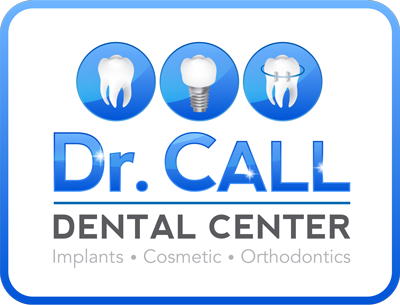 Patients trust our local dentist office to provide them with excellent dental care and to keep them in good oral health. We are able to do this by performing regular dental examinations and teeth cleanings. Preventative care is essential for us being able to prevent minor infections and cavities from turning into severe infections and a dental abscess. The time that it takes to visit our office twice a year is well worth it, as it enables patients to stay in good oral health.
Patients trust our local dentist office to provide them with excellent dental care and to keep them in good oral health. We are able to do this by performing regular dental examinations and teeth cleanings. Preventative care is essential for us being able to prevent minor infections and cavities from turning into severe infections and a dental abscess. The time that it takes to visit our office twice a year is well worth it, as it enables patients to stay in good oral health.When people eat and drink, bacteria can enter the mouth. This is normal and can be dealt with by brushing after meals, flossing every day, and using an antiseptic mouthwash. The challenge is that bacteria has the ability to hide in small places and the warm moist environment inside of the mouth is the perfect area for bacteria to grow and spread. When it does, an infection can develop.
During trips to our dentist office, we are able to remove bacteria from hard to reach places and the gum line. These are areas where bacteria may hide and linger even after rigorous teeth brushing. We recommend that these appointments are once every six months so that we can catch any infections early, before they have the opportunity to spread.
When bacteria are left inside of the mouth and on the teeth, it will typically create a cavity or infect the dental pulp inside of the mouth. A cavity can easily be treated by removing the infected area and using a dental filling to restore the tooth. When the dental pulp becomes infected a root canal is needed. During this procedure, we remove the infected pulp and infected roots then follow up with a crown to protect the tooth. Both of these are routine dental procedures that will prevent the patient from experiencing the pain of a dental abscess.
An abscess forms when these treatments are not completed, and the infection is allowed to spread. The infection can spread into the gums and eventually into the jawbone and face. Some infections will even spread into the neck. This is extremely painful and will interfere with a persons’ ability to enjoy life, eat, and even sleep. An abscess can cause severe swelling in the face, mouth, and neck along with massive tooth pain. The area of the mouth around the infection will typically become tender to the touch, as well. As the infection spreads it can cause flu like symptoms such as vomiting, fever, chills and aches.
When we identify a dental abscess, we will typically look to see if it is drainable. With a drainable abscess, we can cut open the area and allow the infected puss to be released. Once the infection is released the body can focus on healing itself. We can support this process by also prescribing antibiotics. If the infection is not drained, it will eventually burst on its own which is far more uncomfortable. Don’t let an infection get to this point. Visit our dentist office twice a year so that you can stay pain and infection free.Related Posts
The Importance of Regular Visits to Your Dental Office
Looking for a dental office in Dalton? When it comes to having their twice-per-year visit with the dentist, many people question whether it is really necessary. Although it is usually less than …
Visit Our Dalton Dental Office to Prevent Needing Emergency Care
We know that the dental office is really not your ideal spot to relax, read a magazine, and catch up on oral health tips. While our Dalton office is modern and comfortable, most people prefer …
What to Expect When Visiting Our Dentist Office
At our dentist office, we have made a commitment to preventative medicine. Over the years we have discovered that the best visits for our patients, and for our team, are ones where you can come …
A Dentist Office Analysis on How Acid Reflux Can Impact Your Oral Health
In our dentist office, we have a front row seat to the impact that acid reflux can have on oral health and the strength of teeth. Acid reflux (GERD) occurs when acid moves backwards up …



